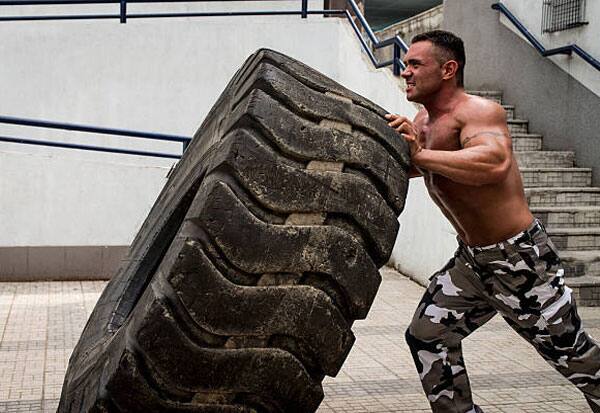/
செய்திகள்
/
Kalvimalar
/
News
/
Understanding the physiology of 'strongman'
/
Understanding the physiology of 'strongman'
UPDATED : செப் 30, 2024 12:00 AM
ADDED : செப் 30, 2024 11:29 PM

Gold Coast: Recent research has delved into the extraordinary physiology of elite strongman athletes, specifically examining the muscle and tendon characteristics of England's Eddie Hall, a renowned figure in the sport.
Strongman competitions, which have gained popularity since the late 1970s, feature events that challenge competitors to lift and move heavy and awkward objects.
Despite the sport's growth, scientific studies on elite strongman athletes remain limited.
Hall, known for his record-breaking 500kg deadlift and as the 2017 World's Strongest Man, serves as an ideal subject for this case study. Researchers aimed to understand his unique muscle and tendon morphology, especially in comparison to various populations, including untrained individuals and seasoned athletes.
The findings revealed that Hall's lower body muscle size was nearly double that of untrained young men. Notably, three long muscles, termed “guy ropes,” were 2.5 to three times larger in Hall, providing enhanced stability crucial for heavy lifting. While his quadriceps were significantly developed, the associated knee tendon was only 30% larger, indicating a disparity in growth between muscles and tendons.
These results suggest that while increased muscle mass can enhance strength and power, the smaller stabilizing muscles may require targeted training to optimize performance. Additionally, the greater muscle growth compared to tendon size implies a higher risk of tendon injuries, aligning with the prevalence of tendinitis in strength sports. This research sheds light on the complex dynamics of strength training and the physiological adaptations of elite athletes.


